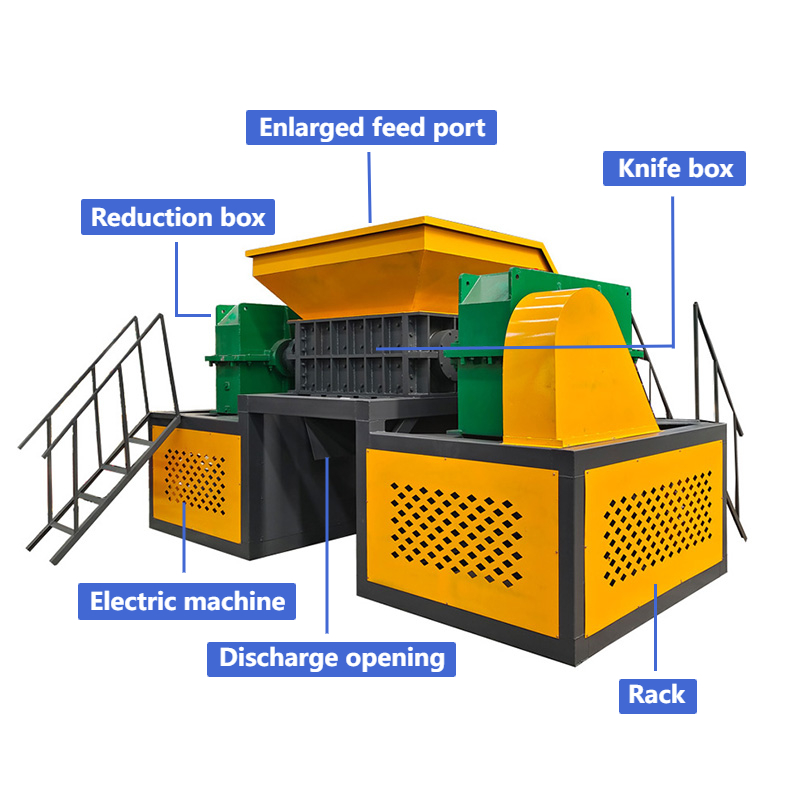Shredder Industry Analysis: Navigating Global Opportunities for Foreign Trade
The global shredder market is witnessing steady expansion, driven by the escalating focus on waste recycling and sustainable development. As countries tighten environmental policies—such as the EU’s Circular Economy Action Plan and China’s policies to promote resource reuse—industries like waste management, plastic processing, and automotive recycling are increasingly relying on shredders to optimize material handling, creating strong demand for high-performance shredding equipment in the international trade landscape.

Regionally, market demands vary significantly. In developed economies like North America and Western Europe, buyers prioritize shredders with advanced features: automated control systems to reduce labor dependence, energy-saving technologies to meet strict carbon standards, and multi-material processing capabilities (e.g., handling plastic scraps, rubber tires, and metal components). Meanwhile, emerging markets in Southeast Asia and Latin America focus on cost-effectiveness and durability. With their local recycling industries growing rapidly, small and medium-sized enterprises (SMEs) prefer easy-to-operate, low-maintenance shredders that fit their budget and infrastructure.
Technological innovation is reshaping the shredder industry’s competitiveness. Modern shredders now integrate smart functions: IoT-based remote monitoring to track equipment performance in real time, noise and dust reduction systems to comply with global environmental regulations, and integrated separation modules (e.g., magnetic separation for metal-plastic mixtures) to improve material purity. These advancements not only boost processing efficiency but also align with global sustainability goals, making tech-driven shredders more appealing to eco-conscious international buyers.
For foreign trade businesses specializing in shredders, targeted strategies are key to success. First, niche market positioning—focusing on shredders for specific scenarios like plastic snap-in ceiling tiles recycling or automotive bumper processing—helps stand out from generic competitors. Second, offering customized solutions, such as adjusting shredder capacity for small-scale facilities or adding post-processing tools, caters to regional needs. Third, emphasizing environmental value in marketing—highlighting how shredders reduce landfill waste and enable resource circulation—resonates with buyers prioritizing "green procurement."

In conclusion, the global shredder market holds substantial potential for foreign trade. Enterprises that understand regional demand differences, embrace technological upgrades, and highlight sustainability will gain a competitive edge in this growing industry.



